Search
Search Results
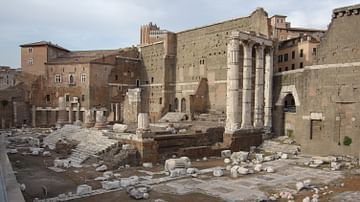
Article
Rome under the Julio-Claudian Dynasty
The Julio-Claudians were the first dynasty to rule the Roman Empire. After the death of the dictator-for-life Julius Caesar in 44 BCE, his adopted son Octavian - later to become known as Augustus (r. 27 BCE - 14 CE) - fought a civil war against...
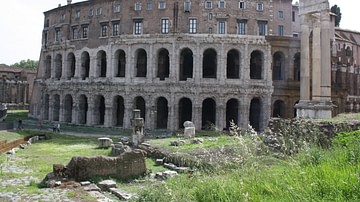
Article
Theatre of Marcellus
The theatre of Marcellus was the largest and most important theatre in Rome and completed in the late 1st century BCE during the reign of Augustus. The architecture of the theatre would become a standard feature of theatres across the empire...
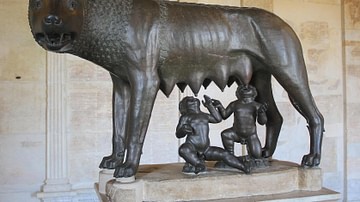
Definition
Romulus and Remus
In Roman mythology, Romulus and his twin brother Remus were the founders of the city of Rome. They were the children of Rhea Silvia and Mars (or in some variations the demi-god hero Hercules) and their story is recorded by many authors including...
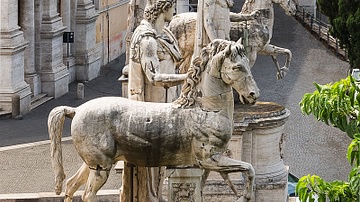
Definition
Castor and Pollux
Castor and Pollux (the Dioscuri) are figures from Greek and Roman mythology considered the twin sons of Zeus or Jupiter. Semi-divine figures, the twins were credited with the role of saving those in trouble at sea or in grave danger in war...
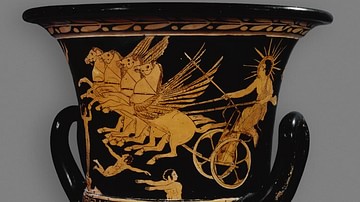
Definition
Helios
Helios (also Helius) was the god of the Sun in Greek mythology. Helios rode a golden chariot which brought the Sun across the skies each day from the east (Ethiopia) to the west (Hesperides). Helios was famously the subject of the Colossus...
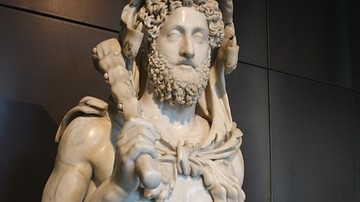
Definition
Commodus
Commodus was Roman emperor from 180 to 192 CE. With the death of Roman Emperor Marcus Aurelius in March of 180 CE, the long reign of the five good emperors came to an end and with it so did the Pax Romana (the Roman Peace). Those emperors...
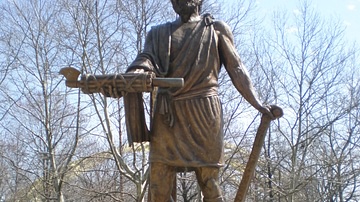
Definition
Cincinnatus
Lucius Quinctius Cincinnatus was a Roman consul (460 BCE) and dictator (458 and 439 BCE), a legendary figure in the early days of the Roman Republic. He responded to a call from the city fathers, left his plow lying in the fields, donned...
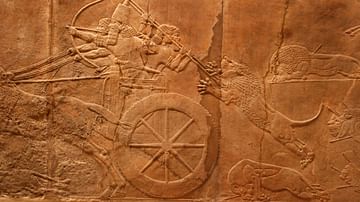
Definition
Chariot
The chariot was a light vehicle, usually on two wheels, drawn by one or more horses, often carrying two standing persons, a driver and a fighter using bow-and-arrow or javelins. The chariot was the supreme military weapon in Eurasia roughly...
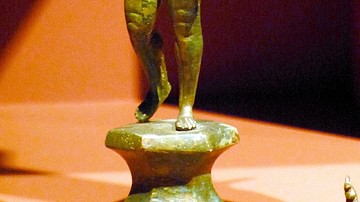
Definition
Mercury (Deity)
Mercury (Mercurius) was the Roman god of commerce, often serving as a mediator between the gods and mortals, his winged feet giving him the advantage of speed, and so was the patron of circulation in general - of people, goods and messages...
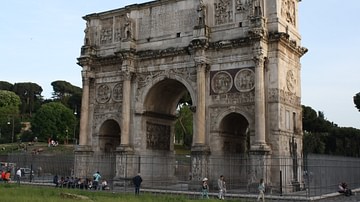
Definition
Triumphal Arch
The triumphal arch was a type of Roman architectural monument built all over the empire to commemorate military triumphs and other significant events such as the accession of a new emperor. Celebrated surviving examples of triumphal arches...